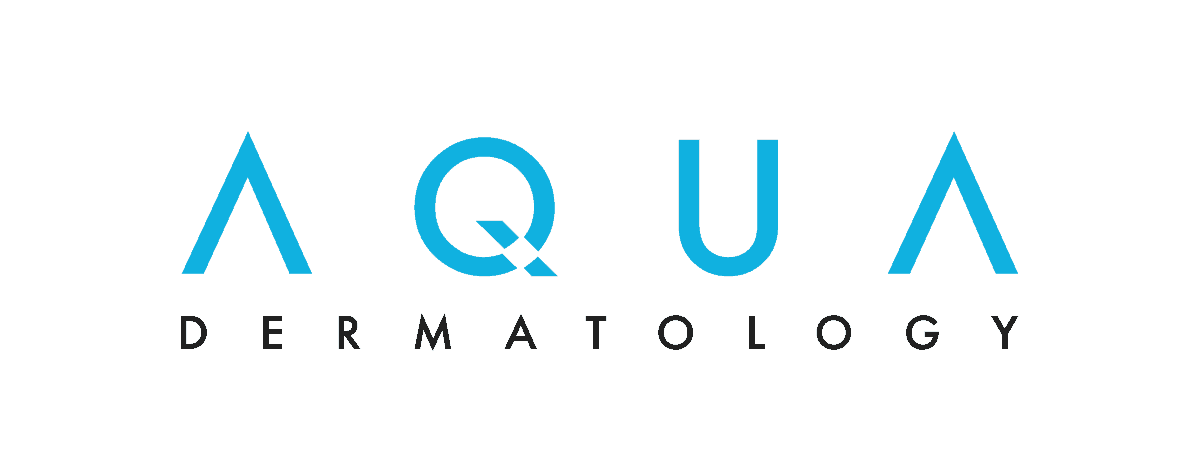Hair & Nail
Problems
Call (877) 900-3223
Hair & Nail Problems
The hair on your head grows from follicles in the skin, and provides sun protection for your scalp. In a similar way, your nails protect the tips of your fingers and toes from injury while also providing support.
Hair disorders such as hair loss and dermatitis that leads to dandruff may result from a variety of factors, such as genetics, hormones, illness and poor nutrition.
As with our skin, our nails also often reflect our general state of health. Changes in the nail, such as discoloration or thickening, can be a sign of health problems, including liver and kidney diseases, heart and lung conditions, anemia and diabetes. Nail disorders may include fungal or bacterial infections as well as splitting or cracking of the nail, which is often caused by poor nail care, certain medications and health problems.
Most Common Hair Problems
If you are experiencing issues with your hair or nails, it is important to see a dermatologist. At Water’s Edge Dermatology, our providers have years of experience treating hair and nail problems. Explore the links below to learn about some of the most common ones.
Most Common Nail Problems
Our nails are important. They protect and support the tissues in our fingers and toes. And they allow us to scratch an itch.
But nail problems are common. As we age, nails thicken and become more susceptible to issues such as fungal and bacterial infections. Often these issues are nothing to worry about, but sometimes a nail problem can signal an underlying disease. Read about some of the most common nail problems below.
- Bacterial Infection
- Beau’s Nails (Ridges in Nails)
- Brittle Nails
- Dark Spots or Streaks
- Ingrown Toenail
- Koilonychia (Spoon Nails)
- Nail Clubbing
- Nail Pitting
- Onychomycosis (Nail Fungus)
- Periungual Warts
- Psoriatic Nails
- Splinter Hemorrhage
- Split Nails
- White Spots
- Nail Fungus
- Toenail Fungus
Bacterial Infection
Pain, redness and warmth in the skin around a nail could indicate a bacterial infection. Pus may develop around or under the nail, and the nail may appear green or greenish black.
People who often have their hands in water or are frequently exposed to chemicals are more likely to get a bacterial infection of the nails. Other causes include ingrown nails, hangnails, trauma to the nail, loss of the cuticle and biting the fingers, all of which can allow bacteria to enter.
Treatment varies based on the severity of the infection. Soaks in warm water can help. An antibiotic may be prescribed. If the wound contains pus, a doctor may need to drain it.
Beau’s Lines (Ridges in Nails)
These horizontal ridges or lines on the nails develop when nail growth is disrupted. This could happen due to a fever, nail injury, major stressor or chemotherapy. Once the underlying cause is no longer a factor, nails will usually grow in normally.
Brittle Nails
Anyone can develop brittle nails, though they’re more common in women over the age of 60. Brittle nails may have vertical lines or ridges and peel or break more easily.
Frequent hand washing and exposure to harsh chemicals can increase the risk of brittle nails. In some cases, brittle nails may be a sign of an underlying condition such as hypothyroidism or Raynaud’s syndrome.
Symptoms can be lessened by changing habits that may be contributing to the problem, which a dermatologist can help you determine. Hydrating the nails, cuticles and surrounding skin with mineral oil or a moisturizing cream that contains urea may help.
Dark Spots or Streaks
Some dark spots or streaks may be caused by an injury or infection of the nail. They can also appear in people with certain medical conditions, such as lichen planus, psoriasis and hyperthyroidism. In some cases, dark spots and streaks may be a sign of melanoma, which is one the deadliest types of skin cancer, so it’s important to see a dermatologist right away.
Ingrown Toenail
An ingrown toenail occurs when the corner of the toenail grows into the skin surrounding it, which can cause pain, redness and swelling. The big toenails are particularly vulnerable. Common causes include cutting the nails too short and wearing shoes that crowd the toes.
Ingrown toenails can sometimes be treated at home with warm foot soaks and over-the-counter antibiotic cream if needed. See a dermatologist if these remedies don’t work or if you have diabetes, severe toe pain or pus or redness that’s spreading, which could indicate an infection.
Koilonychia (Spoon Nails)
Koilonychia or spoon nails are thin nails that become flat or dip down in the middle, like spoons. Koilonychia can be caused by insufficient intake of iron-containing foods or a condition that causes low iron, such as stomach or intestinal problems or celiac disease. Boosting iron intake and treating any underlying conditions can help restore the nails’ normal shape.
Nail Clubbing
Clubbed nails are caused by a thickening of the nail bed’s soft tissue. This enlarges the ends of the fingers and causes the nails to grown downward around the nail, resulting in nails shaped like upside-down spoons. The nails may feel spongy when touched.
Clubbed nails sometimes occur due to genetics, but they can also be a sign of diseases that affect the lungs, heart, liver, stomach or intestines. Clubbed nails should be evaluated by a dermatologist.
Nail Pitting
Tiny dents in the nails may be a sign of an underlying condition such as psoriasis, atopic dermatitis (eczema) or alopecia areata. The pits can be shallow or deep. Nail pitting is difficult to treat, but therapies such as corticosteroid injections in the nail beds and phototherapy may help.
Onychomycosis (Nail Fungus)
Onychomycosis is the most common type of nail infection. It often starts as a white or yellow spot under the tip of the nail. Other symptoms develop as the condition progresses, including nail thickening, misshapen or crumbling nails, brittle or ragged nails and yellow-brown discoloration.
Nail fungus is more common in older adults, people who sweat heavily and those who have diabetes. It tends to run in families. Some cases may respond to over-the-counter topical anti-fungal products, but many cases require a prescription oral anti-fungal medication.
Periungual Warts
Thickened, fissured and cauliflower-like skin around the nail plate is a sign of periungual warts. They develop when certain strains of HPV enter the body through a cut or scrape.
Periungual warts may go away on their own, but persistent ones should be evaluated by a dermatologist. Therapies for periungual warts include salicylic acid, cryotherapy and topical fluorouracil.
Psoriatic Nails
Psoriasis can cause several types of changes to the nails, such as pitting, discoloration, crumbling, nail separation and blood under the nail. These changes can also be a sign of psoriatic arthritis. Topical treatments for psoriatic nails include corticosteroids, calcipotriol (a form of vitamin D) and tazorotene (a topical retinoid). Other approaches a dermatologist may use include corticosteroid injections, laser treatment and a form of phototherapy called PUVA.
Splinter Hemorrhage
This common condition causes thin, red to reddish-brown vertical lines under the nail. Triggers include nail injuries, lichen planus (an inflammatory skin condition), psoriasis, infections and inflammation of the blood vessels (vasculitis).
Splinter hemorrhages caused by trauma to the nail aren’t a cause for concern and will resolve as the injury heals. But if they appear for no obvious reason or more than one nail is affected, see a dermatologist.
Split Nails
Nails can split vertically, horizontally or across the tip. There are many causes of split nails, including excessive exposure to water (from swimming in a pool or washing dishes, for example) and picking or biting the nails, which weakens them and makes them more likely to split. Other causes include trauma to the nail, infections, psoriasis and conditions that affect the thyroid or liver. If the split extends to the nail bed, the nail should be removed.
White Spots
White spots are often caused by an injury to the nail, such as catching a finger in a door. They usually disappear as the nail grows.
If the white spots persist or don’t seem to be the result of a trauma, the nails should be evaluated by a dermatologist. While spots could be a sign of a mineral deficiency (calcium or zinc), a fungal infection or an allergy to a product such as nail polish remover.
IF YOU HAVE A HAIR OR NAIL CONDITION CONTACT OUR DERMATOLOGISTS TODAY!
Contact Water’s Edge Dermatology for an appointment with one of our practitioners. Our dermatologists can diagnose the cause of your hair or nail issues and recommend treatment options.





